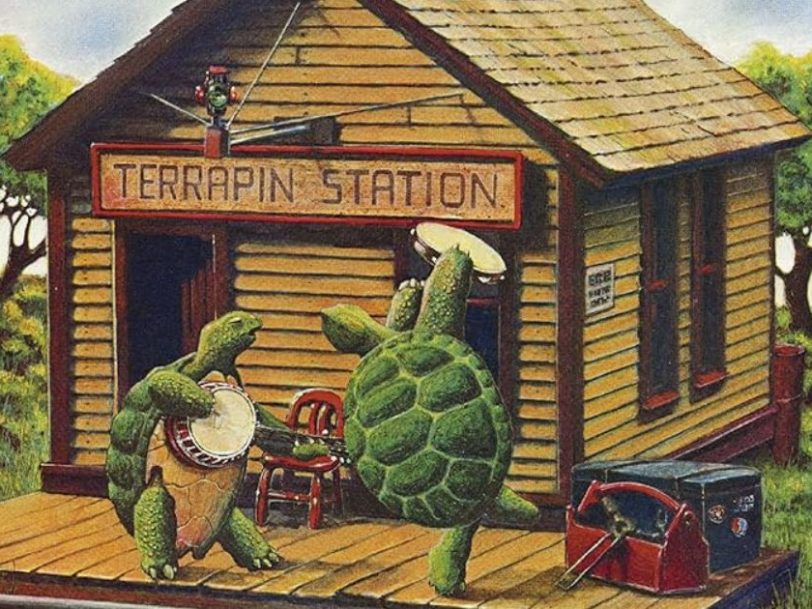By the mid-70s, Grateful Dead had made strides towards independence, setting up their own record label, their own management firm and their own touring company. So a few eyebrows would have been raised among Deadheads when the anarchic collective announced that their 1977 album, Terrapin Station, would be released on a major label, Arista.
The context: An album like no other in the Dead’s catalogue
Even more shocking, considering their track record with producers, would have been the news that Keith Olsen – hot at the time for having produced Fleetwood Mac’s hugely successful self-titled 1975 album, the first of the group’s Buckingham-Nicks era – would be manning the controls. The last producer brave enough to attempt to tame the Dead in the studio was David Hassinger, on 1968’s Anthem Of The Sun. Since then, the irrepressible countercultural heroes had employed trusted engineers for assistance, but had taken over production duties themselves.
Listen to ‘Terrapin Station’ here.
The result was an album like no other in the Dead’s catalogue – a slick courting of FM radio that barely featured a guitar solo but which flirted with disco, funk and reggae, and deployed a string section and a choir. As if to assure fans that the group hadn’t wholly curbed their experimental impulses, Terrapin Station also featured one of the Dead’s most ambitious songs yet, in Jerry Garcia’s 16-minute title track: a five-part orchestrated suite that took the already musically well-travelled Dead to new places.
Typically, the Dead’s leader was laidback about this latest round of changes for the group, telling BAM magazine in 1977, “I don’t have any preconceptions of what the Dead sounds like… It’s still the same guys. We all play together, just like we used to”.
The songs: Jerry Garcia gets orchestrated
Terrapin Station starts strongly with Estimated Prophet. Written by guitarist Bob Weir and poet John Barlow, it’s a slick, Steely Dan-like funk-rock track with strong backing vocals from Donna Godchaux and a saxophone solo from Tom Scott. But though on its surface Estimated Prophet appeared to be much smoother than anything the Dead had recorded to date, the song’s 7/4 time signature gave the track an edge – as did Barlow’s lyrics, written about the sort of Dead zealot occasionally found at the group’s live shows.




